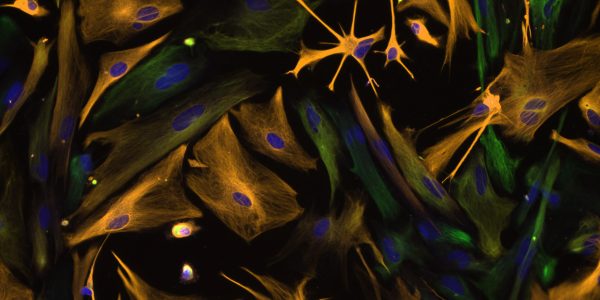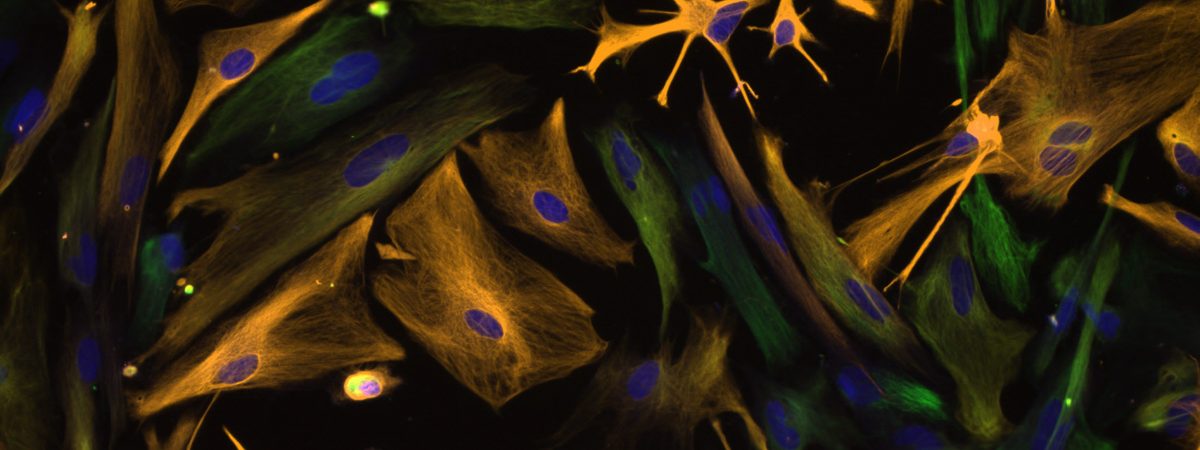There is a recent paper, “Three aspects of representation in neuroscience” on the stretches of neural representation across neuroscience and the philosophy of mind. It discussed aspects to consider for representation: correlation, casual role and teleology.
Though representation and construct are established terms in brain science, there is an identity or a uniformity of both, used in experiences, beyond the abstraction that those terms sometimes define.
Representation and construct are similar to engram, sort of the unit of memory stored, but in what uniformity is it? Or what is the basis of memory storage, rather than a hypothetical unit, or simply what is the form of a particle on Mars, not saying kg, a unit, before knowing what it should quantify?
Whatever the brain represents for internal and external senses, it does so as an identity, uniformity or equivalent.
Whatever brain cells and molecules construct, they do into an identity, uniformity or equivalent.
Whatever the memory stores, it does so similarly.
The brain is not collecting senses and filing as differentiated, but collects them for unification, to be usable.
The important question is: what are the rules and properties of neural representation, neural construct or the rules of the so-called engrams?
Also, what the brain unifies, how does it emerge and transport? If these are answered, it is possible to directly link these terms to care for mental health, a major global crisis with confusing approaches.
In the brain, there are collection points or hubs of senses where they first land when they arrive. The thalamus mostly, but collection of smell is at the olfactory bulb.
It is at these ports they are integrated or processed. This integration or processing can be said to be into a uniform unit or identity. It is where the representation or construct emerges. It is how the brain creates the mind, or the starting point of mind.
It is theorized that sensory processing or integration is into thought or its form. This is what represents all senses, internal or external. It is what cells and molecules construct. It is the uniformity of memory storage.
It is thought or its form that serves how the brain controls or regulates internal organs. It is thought or its form that is the basis of all automatic and controlled processes: prioritized [attention] or pre-prioritized [awareness]. It is thought or its form that becomes the version of whatever is elsewhere to the brain.
Thought is used for thinking, imagination, subvocalization, inner speech, dreams, perception, prediction, memories and so on. Thought is what the objects are, thought is the basis of understanding, knowing and relating with the world.
Thought is not abstract but the basis of consciousness and experiential interactions with the world. It is the property of thought per state that determines the extent of consciousness.
How does thought acquire the properties that make things different at different times, for experiences? What are the rules of destinations of memory for determinations of mind?
Thought can acquire or lose properties. When someone is criticized and feels attacked or responds badly, it was that the thought acquired the property of that experience, including what it meant in the past in another situation, leading to it being unacceptable.
When someone finds a place hostile, thought acquired properties to make it that way. There are hostile situations that thoughts don’t acquire that property and it is nothing. There are less or non-hostile situations where thoughts acquire the hostile property then leads to problems.
Memory stores thought in small and large forms. Small stores relay in sequences to large all the time, for what to know, or experience. Large stores have a principal spot where one can move to, and attract small stores to dominate mood.
The mind goes as thought does. This is the core of mental health and its problems. To better care, display is necessary, digitally, with video games or others.




